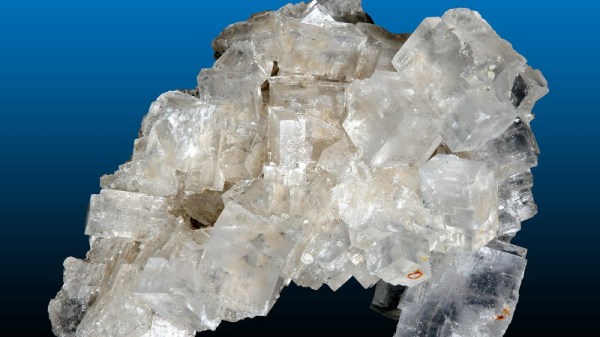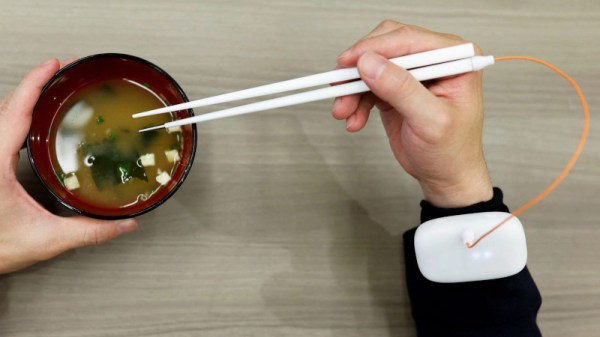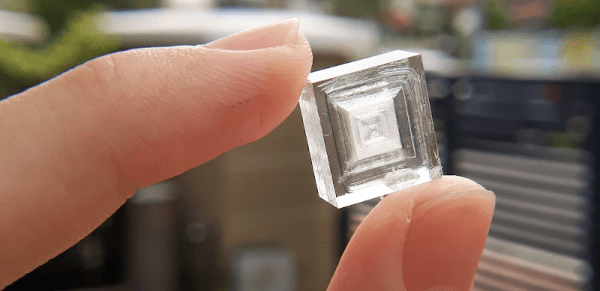Humans are not creatures well suited to cold environments. Without a large amount of effort to provide clothing, homes, and food to areas with substantial winters, very few of us would survive. The same is true of a lot of our infrastructure since things like ice, frost heave, and large temperature swings can all negatively impact buildings, roadways, and other structures. A team at Drexel University in Pennsylvania has created a type of concrete they hope might solve some issues with the material in cold climates.
Specifically when it comes to sidewalks and roadways, traditional methods of snow and ice removal such as plowing and salting are generally damaging to the surface material, with salting additionally being damaging to vehicles. Freeze-thaw cycles aren’t kind to these surfaces either. This concrete, on the other hand, contains a low-temperature liquid paraffin which releases heat when it has a phase change, from a liquid to a solid. By incorporating the material into the concrete, it can warm itself as temperatures drop, maintaining a temperature above freezing to melt ice and snow. The warming effect isn’t indefinite, but lasts a significant amount of time during testing.


















